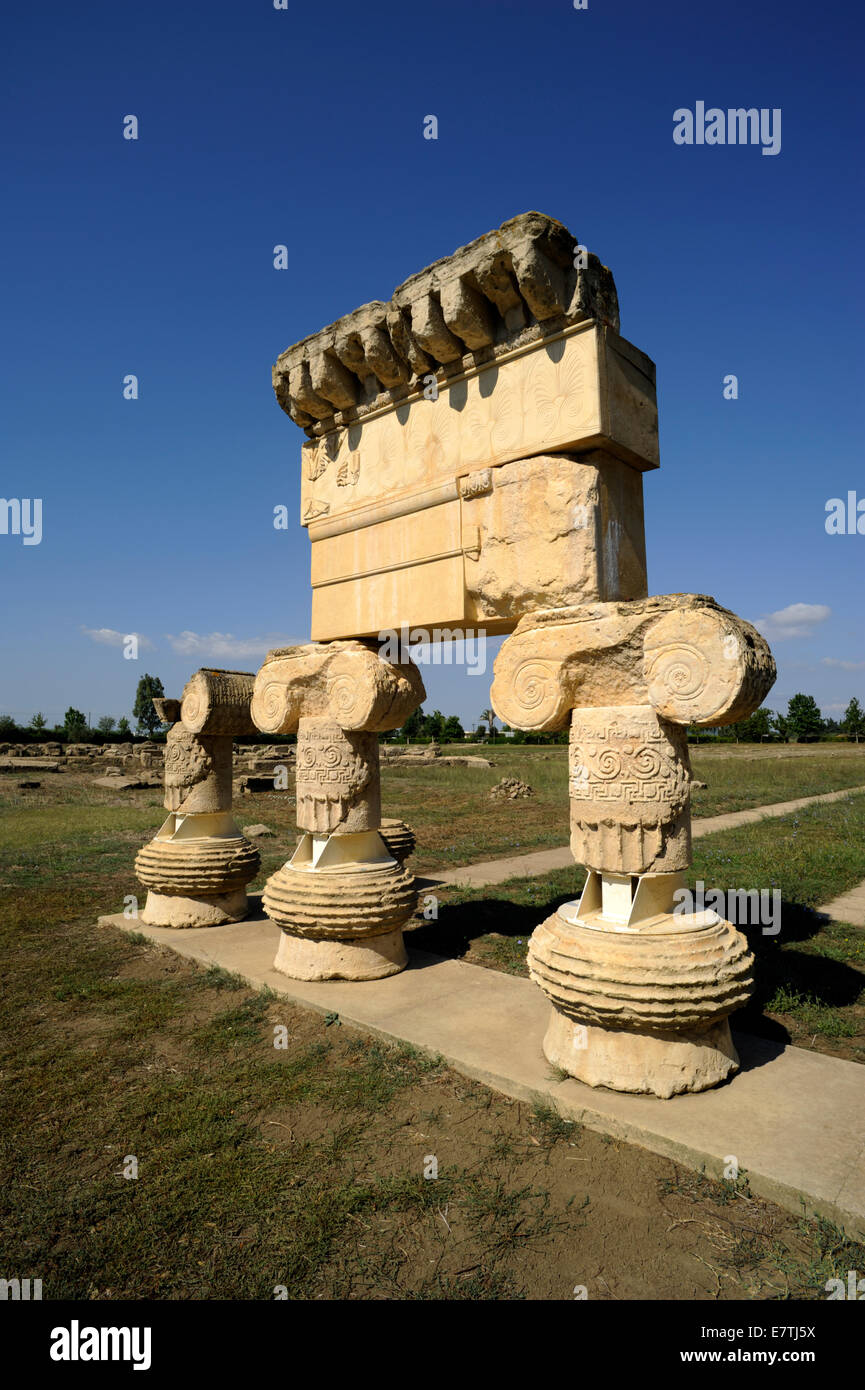

A number is a mathematical object used to count and measure. It developed in Athens around 520 BCE and remained in use until the late 3rd century BCE. Red-figure vase painting is one of the most important styles of figural Greek vase painting. Number - For other uses, see Numbers (disambiguation). WikiZero Özgür Ansiklopedi - Wikipedia Okumann En Kolay Yolu. Pythagorean theorem - See also: Pythagorean trigonometric identity The Pythagorean theorem: The sum of the areas of the two squares on the legs (a and b) equals the area of the square on the hypotenuse (c) … Wikipedia Informally, this means numbers that cannot… … Wikipedia Irrational number - In mathematics, an irrational number is any real number that is not a rational number that is, it is a number which cannot be expressed as a fraction m / n, where m and n are integers, with n non zero. Its numerical value approximated to 65… … Wikipedia

Square root of 2 - The square root of 2, also known as Pythagoras constant, often denoted by:sqrt,is the positive real number that, when multiplied by itself, gives the number 2.

Greek arithmetic, geometry and harmonics: Thales to Plato - Ian Mueller INTRODUCTION: PROCLUS’ HISTORY OF GEOMETRY In a famous passage in Book VII of the Republic starting at Socrates proposes to inquire about the studies (mathēmata) needed to train the young people who will become leaders of the ideal… … History of philosophy To Hippasus (or Hippasos) is attributed the discovery of the existence of irrational numbers. in Magna Graecia, was a Greek philosopher. The Metapontum archaeological site is one of the most impressive complexes dating from Magna Graecia in southern Italy, but interpreting the ruins on your. Tarentum (colonized from Sparta), Metapontum (from Achaea). Hippasus of Metapontum - See Greek arithmetic, geometry and harmonics … History of philosophy Magna Graecia mgn grsh key Lat.,great Greece, Greek colonies of S Italy. Some traditions say that he was drowned after… … Universalium 500 BC philosopher, early follower of Pythagoras, coupled by Aristotle with Heraclitus (Heracleitus) in identifying fire as the first element in the universe. Woodhead, The Greeks in the West (1962).Hippasus of Metapontum - ▪ Greek philosopher flourished c. Randall-MacIver, Greek Cities of Italy and Sicily (1931) T. BC those colonized locally are perhaps a century younger)-on the east coast from north to south, Tarentum (colonized from Sparta), Metapontum (from Achaea), Heraclea (from Tarentum), Siris (from Colophon), Sybaris (from Achaea), Thurii (from Athens, replacing Sybaris), Crotona (from Achaea), Caulonia (from Crotona), Epizephyrian Locris (from Locris) on the west coast from north to south, Cumae (from Chalcis), Neapolis (now Naples from Cumae), Paestum, or Posidonia (from Sybaris), Elea (from Phocaea in Ionia), Laos (from Sybaris), Hipponium (from Epizephyrian Locris), and Rhegium (now Reggio de Calabria from Chalcis). The following are the chief cities of Magna Graecia (those colonized from Greece, except Thurii and Elea, go back to the 8th or early 7th cent. Through Cumae especially, the Etruscans of Capua and the Romans came into early contact with Greek civilization. BC, that of Parmenides at Elea and that of Pythagoras at Crotona. Magna Graecia was the center of two philosophical groups in the 6th cent. Only Tarentum (now Taranto) and Cumae remained individually very significant. Unlike Greek Sicily, Magna Graecia began to decline by 500 BC, probably because of malaria and endless warfare among the colonies. They were on both coasts from the Bay of Naples and the Gulf of Taranto southward. BC founded a number of towns that became the centers of a new, thriving Greek territory. The Greek overseas expansion of the 8th cent. Magna Graecia (măg´nə grē´shə), Greek colonies of S Italy.


 0 kommentar(er)
0 kommentar(er)
